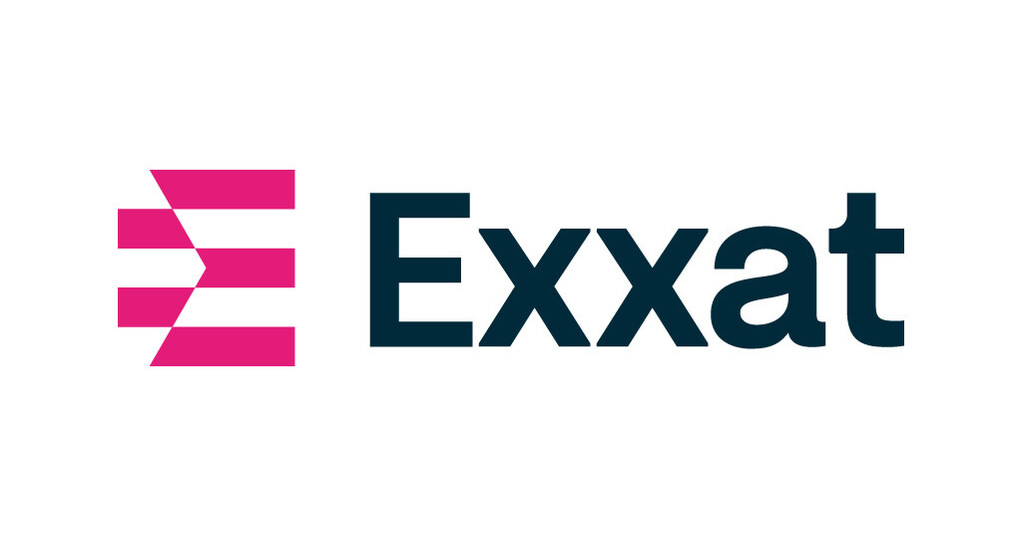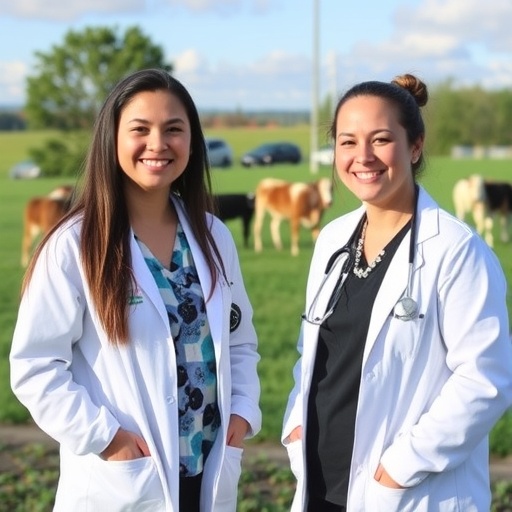Amherst Bulletin – Investment is Cooley Dickinson Hospital’s prescription for future: Hospital spending millions on emergency care, clinical education, recruitment and technology

NORTHAMPTON — With millions invested in technology and staff, the hospital’s footprint growing with a new emergency department, and new education and transportation options, Cooley Dickinson Hospital’s new leader says the regional hospital is on course to offer some of the best health care services in the country.
“What we’re really focused on is continuing to advance the quality safety experience for our patients and our families,” said Kevin Whitney, president and chief operating officer.
In an hourlong interview with the Gazette’s editorial staff last week, Whitney, along with his communications managers and Dr. Sundeep Shukla, chief medical officer and vice president of medical affairs, outlined several investments and new initiatives underway at Cooley Dickinson designed to improve the patient experience.
“I think Cooley has traditionally done a great job, but as a system we’ve really elevated — really raised the bar,” said Whitney.
The Southampton resident was named to lead the hospital in mid-January after 34 years of experience, including the past 15 years with Mass General Brigham (MGB). Cooley Dickinson is one of 16 institutions in the state to be integrated into the broader MGB system that includes the world-renowned Mass General Hospital.
Among the additions to the hospital’s offerings is a new academic affiliation with Quinnipiac University, which will bring medical students to CDH for the first time.
Beginning in September, the partnership will provide third-year medical students at Quinnipiac’s Frank H. Netter MD School of Medicine with clinical rotations in core specialties such as psychiatry and emergency medicine.
Cooley Dickinson officials are lauding the partnership as a “milestone.”
“We’re proud of that affiliation because we want to teach students,” said Shukla, who also is an assistant professor in the Department of Emergency Medicine at Quinnipiac. He said the partnership is beneficial for both the students and for emergency room doctors.
“It helps keep all of us who work clinically fresh — we get this excitement when we’re teaching them,” he said.
As part of the affiliation, Quinnipiac will assist with housing logistics for medical students, and clinical faculty and advanced practice providers (APPs) will receive academic appointments, further fostering a strong and inclusive learning environment.
With a background in emergency medicine and a passion for health equity, Shukla views this collaboration as a way to train future physicians and build a robust academic environment at the hospital.
“This is an important step forward,” Shukla said in a statement. “Our affiliation with QU Netter helps us invest in our people – our faculty, our APPs, and our learners — while advancing high-quality care for our community. This is an exciting advance for Cooley Dickinson and we look forward to watching it grow.”
In two weeks, Cooley Dickinson expects to open the doors of its new state-of-the-art expansion of its Emergency Department.
The $26 million project is adding 40% more space to a part of the hospital that has seen only limited renovations since the 1970s, when 17,000 patients a year were going there. Now, the Emergency Department is approaching 40,000 patients annually and with the extra space, Whitney predicts the ED will be able to accommodate 10% more patients.
The new space will officially open July 14, with additional work in the existing department that will bring the project to a close by February 2026. To date, a capital campaign has raised about $13 million in community donations for the project.
“Once we move into the new space it’s going to give patients more room, enhanced privacy, and a better work environment for the team,” said Whitney.
In just the past two weeks the hospital relaunched its shuttle to Mass General Brigham Boston hospitals, offering patients a 28-passenger bus that is wheelchair accessible, allows one guest, and operates Monday through Friday.
The bus leaves from Cooley Dickinson’s Atwood site promptly at 6:30 a.m. Those seeking transportation should schedule appointments between 10 a.m. and 1:30 p.m., and the bus returns to Northampton at 5:30 p.m.
The service had closed down during the pandemic, but patients have called for its return.
“We’ve heard loud and clear from the community that this is something they have missed — that it’s not easy to get to Boston, and this helps facilitate that,” Whitney said.
The bus stops at Mass General Brigham hospitals including Massachusetts General Hospital (MGH), Brigham and Women’s Hospital (BWH), and Mass Eye and Ear.
Whitney said Cooley Dickinson, like many hospitals, is facing several challenges today, including recruiting and retaining staff and paying for resources since, “the cost of delivering care is much higher.”
The hospital, through its affiliation with MBG, is investing millions in recruitment efforts for primary care doctors, specialists, nurses and other staff.
About a year ago, CDH made a $2 million investment to create 25 new nursing positions with the goals of reducing patient loads and creating a better work environment for nurses. Whitney said the initiative increased recruitment by 60%, with those numbers continuing in subsequent months.
“We saw a huge spike in recruitment effort,” he said.
When asked about a standout by the hospital’s nurses at the beginning of the month, in which they voiced their frustration and low pay, Whitney said that while negotiations between hospital leaders and the nurses union remain ongoing, their needs are being heard.
Complimenting union leaders, who speak on behalf of the hospital’s 400 nurses, Whitney said they are, “great to work with,” adding that, “negotiations have been respectful on both sides.”
He continued, “We have a lot of work to get done on an agreement on the contract, but the goal — our goal — of course, is to get a fair and reasonable contract … We just need to follow the process.”
On the side of primary care physicians, Cooley Dickinson will benefit from Mass General Brigham’s pledge last month to invest nearly $400 million over the next five years to enhance primary care.
The investment will try to enhance patient access to doctors by upping staffing levels, including primary care physicians and aides, to avoid burnout and increase rates of retention. Aside from investment in human labor, the money is also being funneled into technological advancements, including artificial intelligence.
“We’re really rolling out lots of AI in primary care during patient visits,” said Whitney. “They are now incorporating AI into the visits, and it’s really streamlining the documentation.”
And that is a win for doctors, said Shukla.
As Shukla said, rather than going home to file paperwork after an extensive shift, “You go home to go home which is key, and that’s how you keep people.”
Other additions officials are taking pride in include increased access to home hospice care and behavioral health services. In addition, certified mid-wife treatment cardiology, and cancer treatment has all expanded.
And Whitney said that when it comes to the potential loss of federal funding, the hospital has been diligently watching trends with cuts to Medicare and Medicaid, saying that at this point in time, “It’s too soon to tell but we are closely monitoring.”
Over the past year, layoffs at Cooley Dickinson have been highlighted when MGB announced a large-scale effort to cut.
Responding, Whitney said that layoffs at Cooley Dickinson totaled less than 1 percent of all 2,000 employees, and was done as part of Cooley Dickinson’s continued, “stewardship with resources,” in that it allowed the front end to be cut while retaining clinical talents, he said.
“One it was, yes, to reduce costs, but the more important thing is it was to support those closer to the bedside,” said Whitney, adding that the hospital had offered severance packages and, whenever possible, other positions in the system.
All these efforts, he said, point to the hospital’s overarching goal, which is to be the best nationwide.
“We want to be the best in the nation as a system,” said Whitney. “But locally, we want to be not only the best community hospital in the area or the state, but in the country.”
Samuel Gelinas can be reached at [email protected].
link






